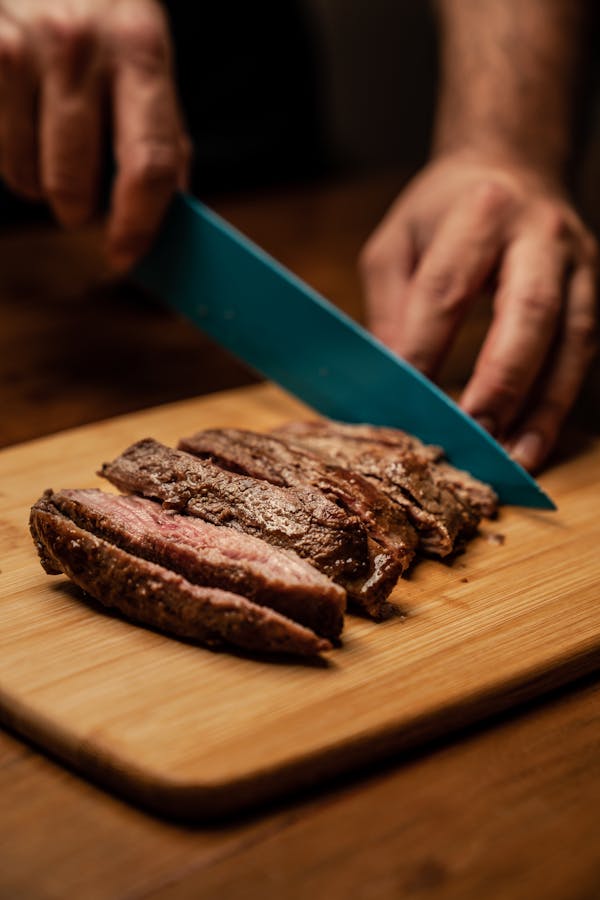Wooden chopping boards are more than just a beautiful kitchen tool; they’re a testament to the synergy between culinary art and nature. Choosing a sturdy hardwood like black walnut or acacia with a dense, water-resistant wood is the best way to ensure longevity.
Research also shows that many domestic woods possess natural antibacterial properties, actively suppressing the growth of harmful bacteria. This makes them a more hygienic option than plastic boards.
Durability
A good wooden cutting board should last for years, requiring only periodic repairs or replacements. They are less prone to knife marks and scratches than plastic boards, which can become breeding grounds for harmful bacteria. Wooden chopping boards also have natural antibacterial properties, which can help to keep your food safe and clean.

Choose a board constructed from a tough, dense water-resistant hardwood, such as maple, acacia, or black walnut. These species are renowned for their durability and resistance to knife marks, and most offer excellent antibacterial properties.
To maintain your wood cutting board, regularly apply a food-safe oil to the surface. This process helps to replenish the wood fibers, preventing them from drying out and cracking. Recommended oils include mineral oil, beeswax, or a combination of both. Apply the oil evenly to the surface using a cloth once per month. Avoid rubbing on the sides of the board, as this can damage the finish and cause moisture to seep into the grain.
Hygiene
Wooden chopping boards can harbor harmful bacteria if not thoroughly cleaned and sanitized after each use. Plastic boards are nonporous and easier to wash, but bacteria can collect in ridges and rough areas and dull knives quickly over time. The good news is that a little know-how and the right cleaning products can keep wooden boards hygienic.
Regularly scrub a wood board with mild dish soap and hot water after each use. Rinse well and dry completely before storing. Don’t soak the board, as this can cause warping.
Monthly conditioning with linseed oil or food-grade mineral oil keeps a wooden board in good condition. This seals the surface, protecting it from water and microorganisms, while also providing a smoother, more hygienic cutting surface. Linseed oil is an excellent choice because it doesn’t polymerize over time, like some cooking oils do, and so won’t support bacteria. It is also food safe and doesn’t smell. The only downside is that a linseed oil treatment takes an afternoon to dry fully.
Aesthetics
When a wood cutting board is not being used, it can be a beautiful decorative accent on the kitchen countertop. A wide range of designs and colors is available to complement any kitchen décor. Some newer boards offer unique features like juice canals or hand grips, which make them easier to use and hold on the counter.
A wood cutting board should be conditioned with butcher block oil or pure mineral oil on a regular basis to keep it from drying out and cracking. Avoid saturating the wood with vegetable or olive oil, as this will attract food fragments and can lead to bacteria growth.
Some woods should not be used for chopping boards, such as pine and cedar (soft) or oak (open-grained). These have large pores that will accept food particles and harbor bacteria. Close-grained woods, like walnut and maple, have much smaller pores and are a better choice for chopping boards. Close-grained woods are also more resistant to warping.
Functionality
Whether you’re adding to your collection or replacing an old one, it helps to know which board is durable, gentle on knives, and pretty enough for your countertop. We’ve rounded up the best wood boards that do all of these things—plus more.
Wooden chopping boards are more hygienic than plastic ones, since bacteria can’t live in the pores of the wood. Grooves in plastic boards, however, are a breeding ground for bacteria that can cause foodborne illness.
Make sure your wooden board is conditioned with mineral oil, like fractionated coconut oil, before every use. This will help it stay hydrated and prevent nicks and cuts from becoming an easy hiding place for bacteria. If you’re eco-conscious, opt for a board made from a tree that’s harvested and replanted responsibly. Plastic, on the other hand, uses non-renewable resources and contributes to plastic pollution when it ends up in landfills or oceans. The reBoard, for example, is 75 percent recycled materials and a solid choice for those looking to reduce their environmental footprint.